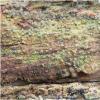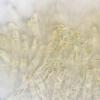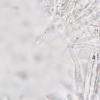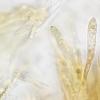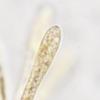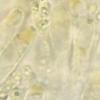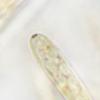
17-12-2025 18:35
 Michel Hairaud
Michel Hairaud
Bonjour à tous/Hi to everyone I am passing along

15-12-2025 15:48
 Danny Newman
Danny Newman
Melanospora cf. lagenaria on old, rotting, fallen

15-12-2025 15:54
 Johan Boonefaes
Johan Boonefaes
Unknown anamorph found on the ground in coastal sa

15-12-2025 21:11
 Hardware Tony
Hardware Tony
Small clavate hairs, negative croziers and IKI bb

15-12-2025 07:09
 Danny Newman
Danny Newman
indet. Rutstroemiaceae sp. on unk. fallen leavesMc

15-12-2025 07:05
 Danny Newman
Danny Newman
Pseudosclerococcum golindoi (det: Zotto)near Cosb

15-12-2025 11:49
 Danny Newman
Danny Newman
ITS sequences from the following two collections B

15-12-2025 12:34
 Danny Newman
Danny Newman
indet. Rhytismataceae on oak leafnear Purchase Roa
Asco on branch
Thorben Hülsewig,
19-05-2018 23:46
today i found this asco on a branch (Fagus sylvatica).
The spores are 3 Micrometer in diameter.
What could that be ?
best regards,
Thorben
Stip Helleman,
20-05-2018 01:07

Re : Asco on branch
Hi THorben,
the most likely option is Hyphodiscus theioideus.
Herzlich,
Stip
the most likely option is Hyphodiscus theioideus.
Herzlich,
Stip
Hans-Otto Baral,
20-05-2018 08:24

Re : Asco on branch
I have the same idea, and I would like to know the marginal hairs as well as the Lugol reaction of the ascus apex. H. theiodeus is fungicolous, it always grows on corticioid basidios like Peniophora.
Thorben Hülsewig,
20-05-2018 12:54
Thorben Hülsewig,
21-05-2018 11:45
Hans-Otto Baral,
21-05-2018 13:49

Re : Asco on branch
Yes, very good photo of the hairs.
The colour of the apical ring reaction simply depends on the IKI concentration (blue when low, red when high). This is type RB of hemiamyliodity.
The colour of the apical ring reaction simply depends on the IKI concentration (blue when low, red when high). This is type RB of hemiamyliodity.

